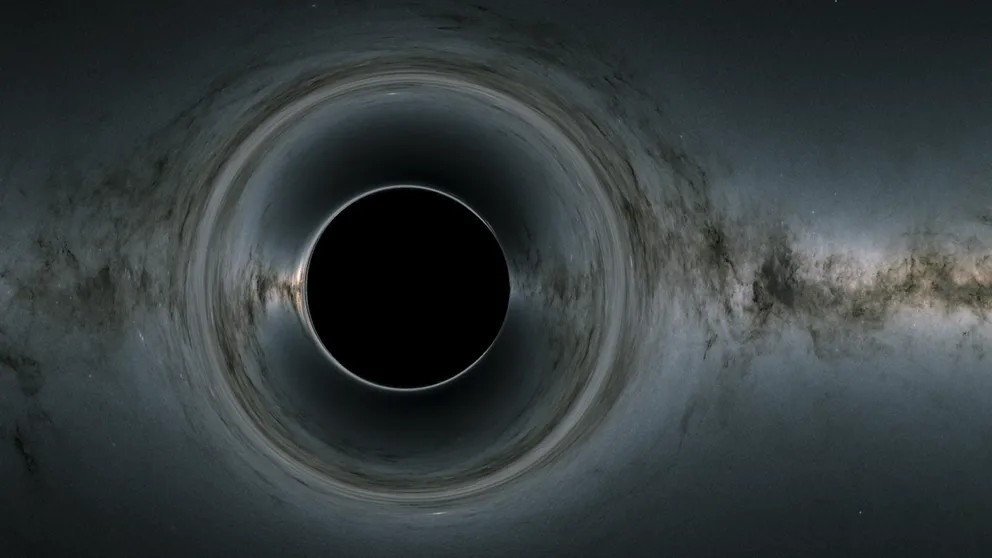Black holes, enigmatic cosmic entities, continue to fascinate and challenge our understanding of the universe. But just how massive are these celestial behemoths, especially when compared to our tiny planet Earth? Let’s delve into the awe-inspiring scale of black holes.
Sizing Up Supermassive Black Holes
To grasp the immense size of a supermassive black hole, consider this: even light, the fastest entity in the universe, traveling at a staggering 670 million mph, would take weeks to traverse the shadow cast by some of these giants. One such example is TON 618, a distant black hole with a mass equivalent to over 60 billion suns. Light emanating from TON 618 takes over 10 billion years to reach Earth.
Astronomers use our sun’s mass (one solar mass) as a benchmark for measuring the colossal scale of black holes. Supermassive black holes, often found at the heart of galaxies, can range from hundreds of thousands to billions of solar masses.
Earth vs. Black Hole: A Stark Contrast
The sheer scale difference between Earth and a supermassive black hole is truly mind-boggling. NASA’s visualization comparing various supermassive black holes to our solar system dramatically illustrates this disparity.
Even the smallest supermassive black hole in the animation, residing in a dwarf galaxy and possessing a mass of 100,000 suns, has a shadow smaller than our sun. While its matter is incredibly dense, its physical size remains comparatively small.
Our own Milky Way galaxy harbors a supermassive black hole named Sagittarius A (Sgr A), boasting a mass of 4.3 million suns. Though seemingly massive, Sgr A pales in comparison to TON 618. Astonishingly, several million Earths could fit within the space occupied by Sgr A. Its diameter is roughly half the size of Mercury’s orbit around the sun.
Putting it into Perspective
To further emphasize the scale difference, consider these facts: the sun is approximately 8.2 light-minutes away from Earth. This means sunlight takes over eight minutes to reach us. One light-year equates to about 5.88 trillion miles. In contrast, Earth is situated about 26,000 light-years from Sgr A*.
It would take 109 Earths lined up to equal the diameter of the sun. Furthermore, the sun is over 300,000 times heavier than Earth. These comparisons highlight the truly insignificant size of Earth relative to even our own sun, let alone a supermassive black hole.
Unraveling the Mysteries
While we have gleaned much about black holes, they remain shrouded in mystery. Future missions like the Laser Interferometer Space Antenna (LISA), a collaborative effort between NASA and the European Space Agency, promise to deepen our understanding of these cosmic titans by detecting gravitational waves generated by merging black holes. As we continue to explore the universe, the immense scale of black holes serves as a humbling reminder of the vastness of space and the countless wonders it holds.
